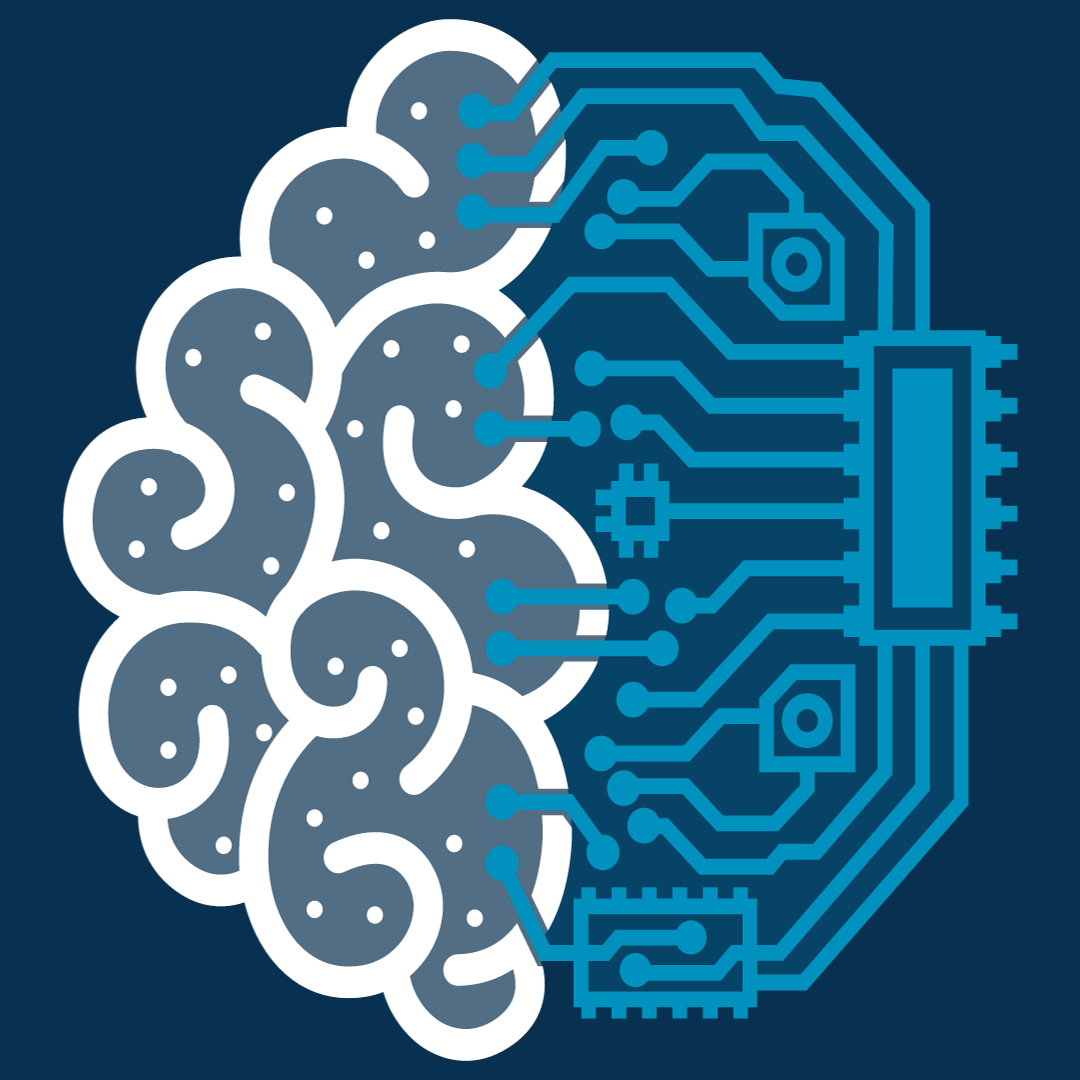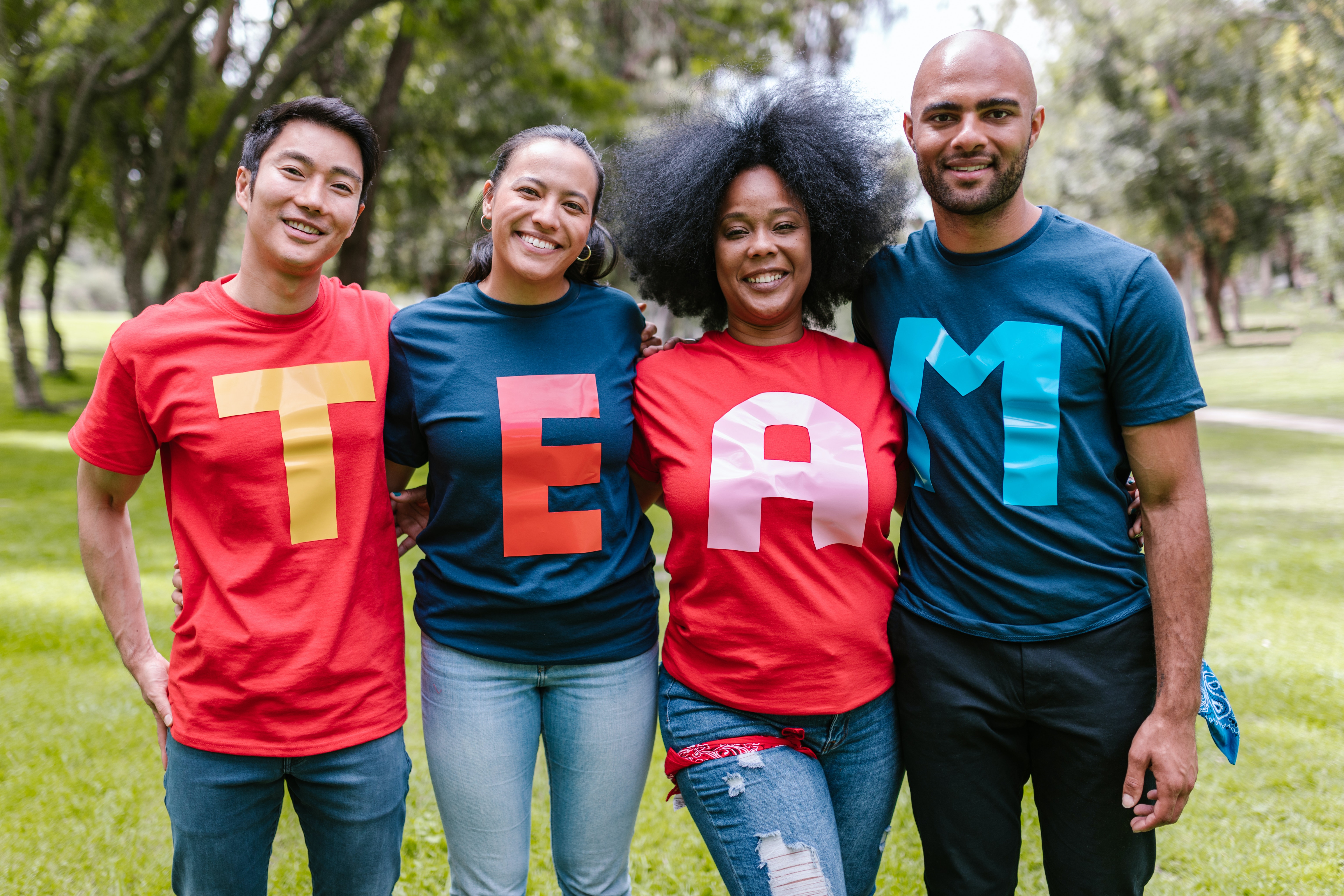The Five-Generation Workplace: Maximizing Potential in a Diverse Era
 Amidst today's evolving workplace, we're witnessing an unprecedented phenomenon: five generations working side by side. This unique convergence brings our organizations a rich tapestry of experiences, perspectives, and skills. Let's explore how we can navigate this diverse terrain and transform potential challenges into powerful opportunities for workplace collaboration and innovation.
Amidst today's evolving workplace, we're witnessing an unprecedented phenomenon: five generations working side by side. This unique convergence brings our organizations a rich tapestry of experiences, perspectives, and skills. Let's explore how we can navigate this diverse terrain and transform potential challenges into powerful opportunities for workplace collaboration and innovation.
Understanding the Generational Mosaic
Our current workforce spans an impressive range of birth years, from the mid-1940s to the present day. Each generation brings its own set of values, work ethics, and communication styles to the table.
Baby Boomers (1946-1964): Known for strong work ethic and competitive drive.
Generation X (1965-1980): Values work-life balance and independence.
Millennials (1981-1996): Seek purpose and prioritize personal growth.
Generation Z (1997-2012): Tech-savvy with a focus on authenticity.
Generation Alpha (2013 onwards): Emerging workforce, highly integrated with technology.
Navigating Generational Challenges in the Workplace
The multi-generational workplace isn't without its hurdles. Key challenges include:
-
Work expectations and styles
-
Technology adoption rates
-
Leadership style preferences
Strategies for Bridging the Generational Gap
Despite these challenges, the multi-generational workplace offers tremendous opportunities for organizations willing to embrace diversity.
-
Knowledge Sharing: Implement bi-directional mentorship programs.
-
Innovation Boost: Leverage diverse viewpoints for comprehensive solutions.
-
Flexible Work Arrangements: Cater to different generational preferences.
Leveraging Work Styles for Enhanced Collaboration
To optimize a multi-generational workforce, it's crucial to understand individual work styles. Talent Acquisition companies like True Colors, can help focus on how individuals prefer to communicate, make decisions, and approach tasks.
Fostering an Inclusive Culture
Create an inclusive culture that values and respects the contributions of all generations by:
-
Encouraging cross-generational collaboration
-
Celebrating diverse perspectives
-
Eliminating age-related biases
-
Implementing team-building activities
-
Promoting open dialogue about generational differences
Conclusion: The Power of Generational Diversity
The five-generation workplace is an opportunity to create a more dynamic, innovative, and resilient workforce. By embracing generational diversity, understanding work styles, and fostering an inclusive culture, organizations can turn challenges into competitive advantages.
In this new era of work, harmonizing diverse generational perspectives will be a key differentiator. Organizations that master this art will create more engaging and productive workplaces, better positioned to tackle the complex challenges of our rapidly evolving business world.





